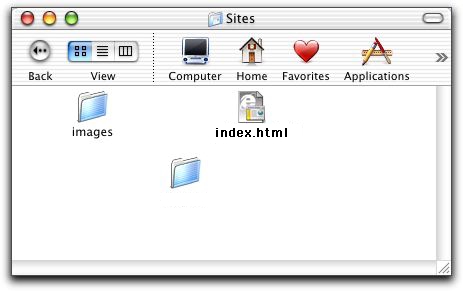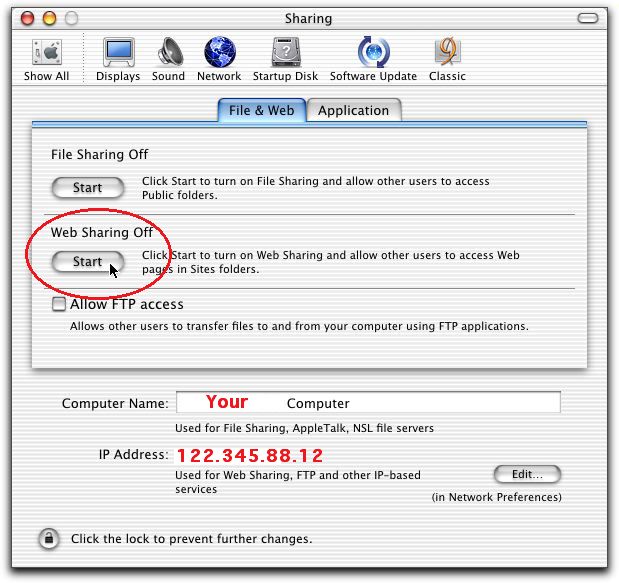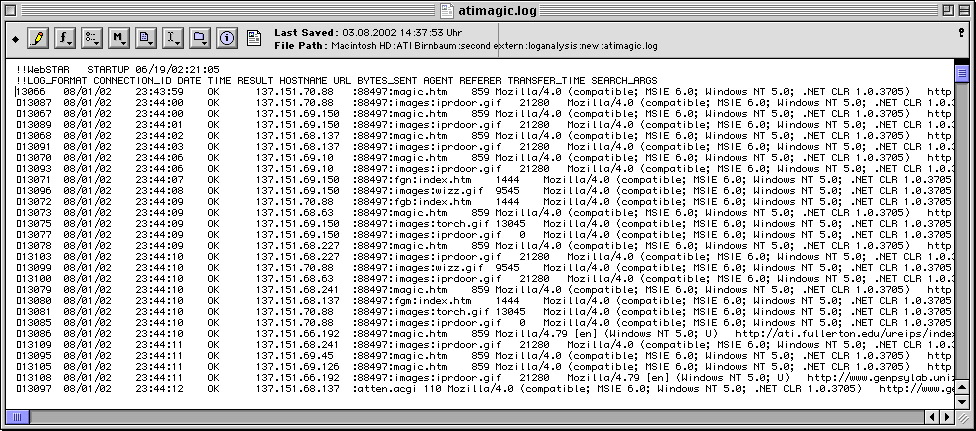![]()
![]()

![]()
Any server:

![]()

![]()

![]()
![]()
Logfile:
CONNECTION_ID DATE TIME RESULT HOSTNAME URL
BYTES_SENT AGENT REFERER TRANSFER_TIME SEARCH_ARGS

![]()
![]()
Analysis: Excel, SPSS etc.
Which approach for which task?
With some approaches you will need to make sure that specific methodological precautions for Internet-based research are met.
Plan your experiment:
Think about techniques to use and know which errors to avoid
Guidelines:
1: Consider using a Web-based software tool to create your experimental materials. Such tools automatically implement standard procedures for Web experiments that can guard against many problems.
2: Pretest your experiment for clarity of instructions and availability on different platforms.
3: Make a decision whether the advantages of non-HTML scripting languages and plug-ins outweigh their disadvantages.
4: Check your Web experiment for configuration errors (I-V; Reips, 2002a).
5: Consider linking your Web experiment to several Internet sites and services (multiple site entry technique) to determine effects of self-selection and estimate generalizability.
6: Run your experiment both online and offline, for comparison.
7: If dropout is to be avoided, use the warm-up technique.
8: Use dropout to determine whether there is motivational confounding.
9: Use the high-hurdle technique, incentive information, and requests for personal information to influence time and degree of dropout.
10: Ask filter questions (seriousness of participation, expert status, language skills, etc.) at the beginning of the experiment to encourage serious and complete responses.
11: Check for obvious naming of files, conditions, and, if applicable, passwords.
12: Consider avoiding multiple submissions by exclusively using participant pools and password techniques.
13: Perform consistency checks.
14: Keep experiment log and other data files for later analyses by members from the scientific community.
15: Report and analyze dropout curves or at least dropout rates for experimental conditions separately for between-subjects factors.
16: The experimental materials should be kept available on the Internet, as they will often give a much better impression of what was done than any verbal description could convey.
![]()
![]()

![]()
Any server:

![]()

![]()

![]()
![]()
Logfile:
CONNECTION_ID DATE TIME RESULT HOSTNAME URL
BYTES_SENT AGENT REFERER TRANSFER_TIME SEARCH_ARGS

![]()
![]()
Analysis: Excel, SPSS etc.
Then enjoy the time you saved...
